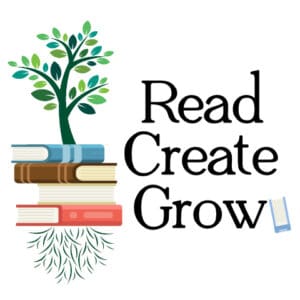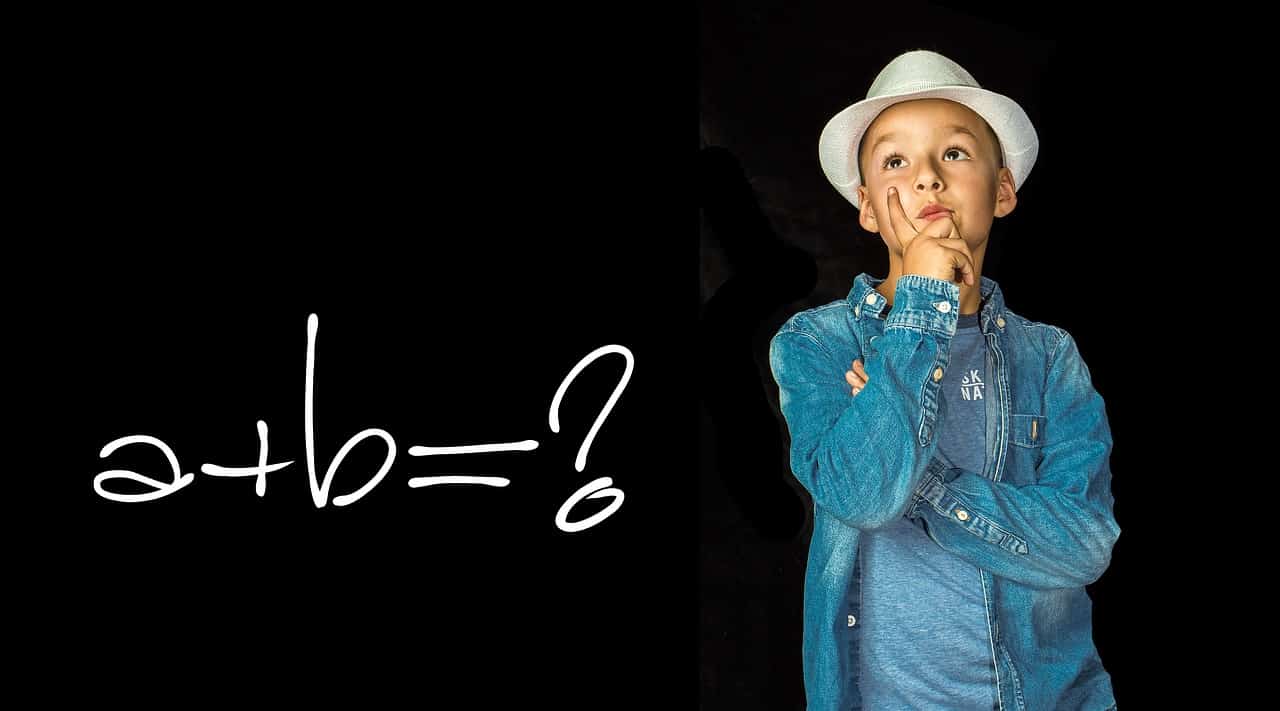Math. People have different reactions to this concept. Perhaps you have been victimized by a word problem or trigonometric function at some point in your life, giving you a vague sense of terror and anxiety when someone puts you on the spot with a math question. Or maybe math is your jam but you’re not sure where to start with your kid. But math skills extend far beyond the traditional math found in classrooms.
Math skills you probably use every day include identifying a number and knowing it’s value, recognizing a repeating color pattern, mentally rerouting your drive home, reading a recipe or doubling a batch of cookie dough, understanding weather or time, and just being curious about the world. This is also one of several important school skills discussed in detail in this post.
All of these things are part of numeracy, mathematical and scientific thinking. Even at a very early age your child is recognizing that things match, or don’t, that some things can be grouped together by size or color and will proudly show you their counting skills. You can make your child’s experience with math, both at play and in class, a positive and fun one by practicing these skills at home.
What is Numeracy?
In America, we colloquially use the word “math” to imply the calculation of data, doing word problems or going to a math and we generally understand this to encompass all aspects of math related skills. But technically speaking “mathematics” is a noun, so it actually refers to the numbers themselves and the equations that solve problems, not how to work with the numbers in a tangible way.
Numeracy is the actual skill of being able to process and interpret the mathematical data we are given and apply it to the real world, while math is the actual functionality of solving a problem. You might say that numeracy is a mathematical literacy. It is understanding how math and numbers works in life, not just on paper.
If your child can do math, they can solve for X. If your child has numeracy, they understand that when the table is set for seven but there are only five people in your family, two people must be coming over for dinner. For simplicity however, this will all be included together as a Math Skill.
What kinds of things are math skills?
There are so many daily skills we used that fall under the ‘math skills’ category, and you may not really even think about it. Recognizing smaller shapes out of a larger image or object is a foundational skill in geometry. Being able to “eyeball” a distance or measurement requires an understanding about measures and volume, even an understanding about estimation.
Telling time or being able determine how long it will take you to accomplish a task involves basic computation and an understanding of how time works. Below is a list of math skills you probably use every day, and skills your child will learn in school, so why not start building a foundation for them?
These are just some of the math and numeracy skills your child will learn in school, I’m sure you can think of a few more as well!
- Spatial sense (recognizing shapes, that objects can be moved and rearranged, their relation to each other)
- Patterns (things repeat in a logical way)
- Number Sense (being able to count forward and backward, adding, subtracting)
- Measurement (height, length, weight, time)
- Problem Solving
Putting it Into Practice
You may think your infant or toddler is too young to learn any math skills, but you would be surprised at what information a developing brain can pack away! While most of these tips are for toddlers and older, infants can still be exposed to math every day. Practice rhymes and songs that feature repetition and numbers. Count things together, like bites of food or numbers of toes.
There are many ways to build mathematical understanding and develop both vocabulary and knowledge about the world with your child. Encourage your child’s curiosity in the worlds by picking a mix of both fiction and nonfiction about the same subject. By introducing real world information to your child, this will help expand their scientific knowledge. You can begin building the foundation for math concepts they will learn later in school even at this age.
Spatial Sense and Patterns
Shapes, for instance, are all around us. You can help your child begin to develop awareness of them and learn to identify them by pointing them out and naming them. Infants can identify shapes as well as light or dark patterns well before they have the ability to verbalize it or know what they are called. Recognizing shapes is a foundational skill for geometry, developing special sense and recognizing patterns.
Preschool aged children do really well when they can tangibly experience something they are learning. It’s why they want to “look” with their hands; it makes the learning experience more real and stores it better in their mind. Working out real things to experience will help them transfer that new information to the part of their brain that stores it.
Playing with shapes is another way to lay the foundation for geometry skills, and being able to handle them will help your child store that information better. If you have blocks or toys with shapes you can use those, but it doesn’t have to be that complicated.
Cut a few shapes from construction paper so your child can handle them. Ask them to build new shapes out of them with questions like, “What happens if we add this triangle to the top of the square? What does that new shape look like? (a house)”
Read the book Mouse Shapes by Ellen Walsh for a really clear picture of small shapes making up larger ones, and ask your child to build the shapes they see with their paper shapes. Or pick any other book and ask your child to identify the shapes they see in the pages while you read. Can they build the shapes with the cut outs?
Measurements and Number Sense
Learning measurements is more than just reading numbers on the side of a measuring tape or a measuring cup. It is part of understanding volume, whether something will fit in a space, cooking and making things.
Help your child understand the size of things by using words like ‘bigger than’ and ‘smaller than.’ Gather some objects and ask your child to sort them by size, which one is the biggest? The smallest? Think about your child’s size compared to other things in the house. Is she taller than the chair? Does she fit under the table?
Read Giraffes Can’t Dance by Giles Andreae and choose a NatGeo Kids on giraffes. Then count on your fingers how many vertebrae giraffes have in their neck (it’s seven). Isn’t that surprising! Go a step further and measure out how long a giraffe’s neck is with a tape measure (it’s about six feet), then take turns having you and your child lay down next to it so they can see the difference. This teaches a child real information about giraffes, counting and measuring.
Another area full of sneaky math skills is cooking and baking! Use plastic measuring cups in the bath tub to fill one cup and then pour into another. Was there enough water to fill it? Too much? Let you child help you in the kitchen. Kids can pour and stir and have a tactile learning experience that will teach them to count, add, estimate and measure.
Take a walk and look at all the things there are to count in your neighborhood. What is your house number? Can we count up to those numbers? How many mailboxes? How many stairs did we take? Let’s count! Talk about similarities and differences as well, these are also math words! Look at the bird you saw, does it have fur like a dog? What about the neighbor’s cats, what is similar about them? Get dressed with math too! Identify colors and patterns, ask what three other things in the room share that color or pattern.
Math Words
You can practice your ‘math words’ anywhere! Use words like “greater than” or “less than,” “similar to” and “different from,” “bigger” and “smaller,” in every day conversation with your child. A grocery store is a great place to practice this.
Instead of focusing on what is (or is not) going in the cart, use math words to talk about things in the store. How many fruits or vegetables do you see that are red? Which is bigger, this apple or those grapefruits? What weighs more, three zucchini or one cantaloupe?
Talk about the numbers you see on price tags. There are different ways to scale this depending on your child’s age. If he is old enough, ask them to help you keep count of the prices of things. Round the numbers to the nearest dollar and keep adding as you go, when you’re done you can compare your estimated count to the actual total.
If your child is too young for adding, try a number spot. How many times does the number three show up on this price tag? How many tags do you see with the number three? Or go even simpler, count the produce as you add it to a bag, or the items in your cart.
Children love to count, so let them show off their counting skills in a place that has many ways to practice math skills!
*This is, of course, a general guide and is not meant to diagnose. If you have concerns about your child’s behavior or development please be sure to speak with a medical professional, your child’s physician or teacher.


